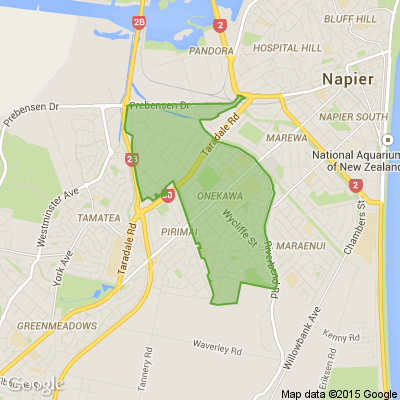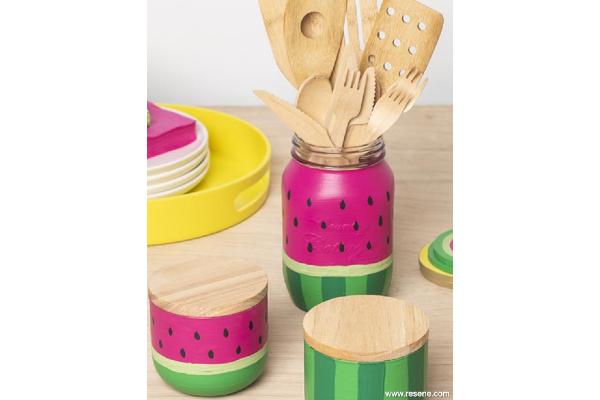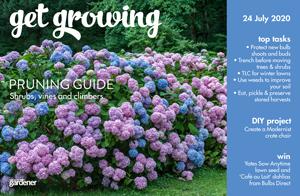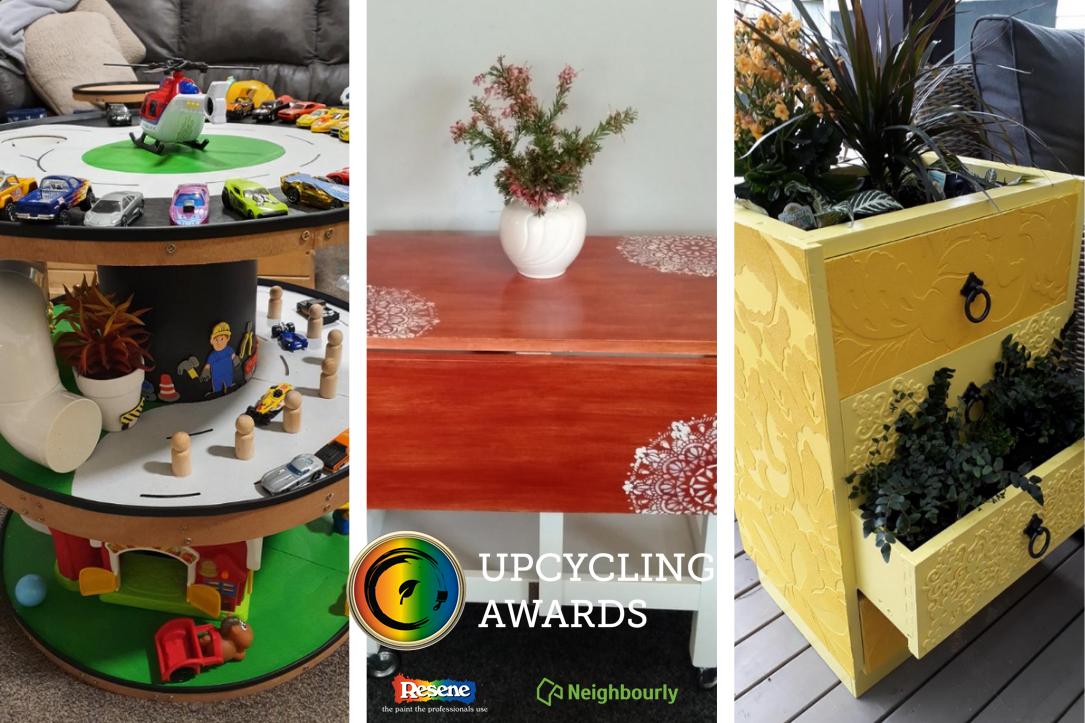Know what’s happening
Access the private noticeboard for verified neighbours near you. Keep informed about any suspicious activity, send urgent updates to your neighbours when required and discuss emergency planning.
Get to know your neighbours
Browse the directory and start getting to know your neighbours. Don’t want to post to the whole neighbourhood? Send a private message.
Buy, sell and give away
Want to declutter your garage? Buy some used household items? Give away some garden stuff? Become a verified neighbour to browse and post items for sale. Trading is simple when everyone lives nearby.


Do a clear out!
And list it for sale on Neighbourly here

Thank you for using Neighbourly
You may receive an email confirmation for any offer you selected. The associated companies will contact you directly to activate your requests.
Rachel from Napier South
I have a pile of excellent condition books for sale, if anyone is interested. Mostly YA type series - including Laini Taylor. So would appeal as a gift for teens, young adult. Also will have a few lots of mainly historical fiction. Most are in read only once condition, so almost new. Top … View moreI have a pile of excellent condition books for sale, if anyone is interested. Mostly YA type series - including Laini Taylor. So would appeal as a gift for teens, young adult. Also will have a few lots of mainly historical fiction. Most are in read only once condition, so almost new. Top authors..
If there's interest, I can post photos. Would prefer to sell YA ones as bulk, or within their series. Offers welcome as I don't know how much to charge. Cheers
The Team from Resene ColorShop Napier
Give living spaces a summery lift with these fun fruity homewares and Resene testpots.
Make the most of this weekend with these easy project ideas from Resene. Find out how to create them yourself

Mei Leng Wong Reporter from NZ Gardener & Get Growing
In this week’s issue of our ezine Get Growing, we’ve got pruning tips for shrubs, vines and climbers, and it’s time to protect new bulb shoots, trench trees and shrubs before moving them, give the lawn some winter TLC, use weeds to improve your soil and pickle and preserve your stored … View moreIn this week’s issue of our ezine Get Growing, we’ve got pruning tips for shrubs, vines and climbers, and it’s time to protect new bulb shoots, trench trees and shrubs before moving them, give the lawn some winter TLC, use weeds to improve your soil and pickle and preserve your stored harvests.
Make your own Modernist crate chair inspired by iconic Dutch furniture designer and architect Gerrit Reitveld in 1934. Plus go in the draw for Yates Sow Anytime Lawn Seed and ‘Café au Lait’ dahlias from Bulbs Direct.
Delivered every Friday to your email inbox, Get Growing digital magazine offers seasonal gardening advice from the NZ Gardener magazine's team of experts. Each week we answer all your burning questions on raising fruit and veges and tell you the top tasks to do in your backyard this weekend. Subscribe here:

Anne from Napier South
At The Little Book Shop, 51 Latham Street in the GARDEN, we have 1000s of books looking for new homes. Take as many books as you want in exchange for food items for THE FOOD BANK or gold coins which will be donated to 4 local charities. For more details phone 021 1302 859. From 9.30am today for the… View moreAt The Little Book Shop, 51 Latham Street in the GARDEN, we have 1000s of books looking for new homes. Take as many books as you want in exchange for food items for THE FOOD BANK or gold coins which will be donated to 4 local charities. For more details phone 021 1302 859. From 9.30am today for the next few weeks.
PLEASE, PLEASE help us save as many books from pulping as possible.
Thank you.
Negotiable
Don't forget to submit your upcycled creations in the Resene Upcycling Awards. Whether it's an old item you've spruced up or something you've found a completely new purpose for, we want to see your work!
Submit your entry in the 2020 Resene Upcycling Awards by sharing your … View moreDon't forget to submit your upcycled creations in the Resene Upcycling Awards. Whether it's an old item you've spruced up or something you've found a completely new purpose for, we want to see your work!
Submit your entry in the 2020 Resene Upcycling Awards by sharing your upcycled masterpiece with your neighbours. Multiple entries are welcome - don't forget to include your before and after pics and mention any Resene products you've used!
Get Upcycling now

Alicia from Onekawa
Mobile pedicures available in Napier, phone or text Linda on 0273167486.
$30 for cut, file and buff, cream applied if time allows
$35 for soak, exfoliate, cuticles and massage
$40 for the works including nail polish
She comes to you with all the gear needed :-)
Robert Anderson from
1. Check your smoke alarms
Smoke alarms provide an early warning in case of a fire inside your home. Traditional alarms beep when they detect smoke or fire, while smart detectors also send an alert to your phone. There should be a smoke detector in every room in your house except bathrooms, for … View more1. Check your smoke alarms
Smoke alarms provide an early warning in case of a fire inside your home. Traditional alarms beep when they detect smoke or fire, while smart detectors also send an alert to your phone. There should be a smoke detector in every room in your house except bathrooms, for maximum protection. You also need one in the hallway between the living area and bedrooms.
Crucially, you are highly advised to test your smoke alarms at least once a year to ensure they still work. You are four times more likely to die in a house fire without a functioning smoke alarm!
2. Get a fire extinguisher
Having a fire extinguisher handy can make the difference between a small kitchen mishap that was successfully contained, and the house literally burning down. There are different types of fire extinguisher, classified according to the kind of fire they’re designed to tackle. Make sure you are aware of what the differences are and how to use each one in an emergency situation. A typical home extinguisher should have an ABC rating:
• Class A – combustibles such as wood, paper, cloth, rubber, household rubbish, most plastics
• Class B – flammable liquids, solvents, oil, petrol, paints and lacquers
• Class C – gases including methane, propane, hydrogen, acetylene and natural gas
• Class D – combustible metals including magnesium and aluminium swarf
• Class E – Electrical fires
• Class F – chip pan fires, as an alternative to a fire blanket
3. Create a fire stopping landscape
A fire originating from outside, such as a wildfire, is best thwarted by preventing it from reaching your house in the first place. You can use landscape gardening design to slow down or stop the spread of fire towards your home, by adhering to these tips:
• Use hard landscaping such as concrete, stone or gravel around the house
• Clear any dry vegetation from around the home, particularly in the summer
• Use fire resistant plants such as lavender and honeysuckle for soft landscaping, and spread them out, to slow down fire and stop it from spreading
• Keep outdoor plants well watered during the summer months. Lush green planting is less likely to burn.
4. Use fire retardant materials
Let’s start with building materials; some are more vulnerable to fire than others. Using fire retardant alternatives and fireproofing your interiors are good first lines of defence against a potentially serious tragedy. Make the changes when you are refurbishing or redecorating your home. The Building.govt.nz website has a comprehensive list of everything you can do to help prevention of fire occurring. Designing for fire can also be designing for sustainability which is without a doubt a win-win!
When it comes to materials, concrete panels, stucco or brick for exterior walls, steel framing for windows and concrete or metal for roofing are all good choices. Fire retardant paint is also a good idea. For decking, concrete, tiles, stone or brick are better than wood.
Inside your home, choose fire resistant curtains and upholstery fabrics. Additional flameproofing can also be administered to your existing home fabrics and upholstered furniture in situ. Curtain Clean can service your existing upholstery anywhere in the country. Call us on 0800 579 0501 for prices and to find out more see www.curtainclean.co.nz...

Lorna Thornber Reporter from Stuff Travel
Hi everyone,
We'd be keen to hear from those of you who had to cancel an overseas trip due to Covid-19 and holidayed in New Zealand instead. How did you find your NZ trip? Was it better or worse than you expected? Did you enjoy it as much as you think you would have enjoyed your overseas … View moreHi everyone,
We'd be keen to hear from those of you who had to cancel an overseas trip due to Covid-19 and holidayed in New Zealand instead. How did you find your NZ trip? Was it better or worse than you expected? Did you enjoy it as much as you think you would have enjoyed your overseas holiday? And did it change your views about holidaying domestically?
Feel free to comment below or message me directly. Please remember your comments may be included in the article, unless you say you don't want them to be. Thank you.
86 replies (Members only)
See any posts that don't meet the Neighbourly Guidelines? Help Neighbourly stay neighbourly by reporting concerning content. Simply click the '...' button at the bottom of a post, click 'Report this message' and select your reason for reporting. This sends a silent alert to… View moreSee any posts that don't meet the Neighbourly Guidelines? Help Neighbourly stay neighbourly by reporting concerning content. Simply click the '...' button at the bottom of a post, click 'Report this message' and select your reason for reporting. This sends a silent alert to the Neighbourly Team so the post can be reviewed against the Neighbourly Guidelines. Thanks for helping keep Neighbourly community friendly and an enjoyable place to stay connected.

Have you heard of a Hyperbole? Exaggerated statements or claims not meant to be taken literally. Here are some examples. They are a lot of fun. Please share any Hyperboles you may have heard.

Here's a wee bit of a throwback to life under lockdown. Check out how this couple in Motueka helped out their neighbours who were new to the area. Have you got an unsung hero in your neighbourhood? You can make your nominations here!
"We have a lovely young couple across the road from… View moreHere's a wee bit of a throwback to life under lockdown. Check out how this couple in Motueka helped out their neighbours who were new to the area. Have you got an unsung hero in your neighbourhood? You can make your nominations here!
"We have a lovely young couple across the road from us at number 13, Glenaven Drive, called Kirsty and Jeremy. We have recently moved to Motueka and they have been very helpful and friendly right from the start. During Lockdown they did shopping for us and let us have soil from their excavations for our garden improvements. Later on, they have given us lemons, gave spare concrete when they had some delivered for themselves and watered our plants when we were able to go away and visit our new grandchild. They are gems and have made us really happy that we've chosen Motueka as our home."

Kerry Marshall from Napier Pipe Band Inc
Piping & Drumming – Revived
After several months of lockdown and constraint the Napier Pipe Band is presenting its first public performance at St Paul’s Church on Sunday 2 August. Over the past few months on-line practices were used to prepare new music and refresh tunes already in the … View morePiping & Drumming – Revived
After several months of lockdown and constraint the Napier Pipe Band is presenting its first public performance at St Paul’s Church on Sunday 2 August. Over the past few months on-line practices were used to prepare new music and refresh tunes already in the repertoire but nothing is better than our pipers and drummers together, playing their music. This performance ‘Piping & Drumming – Revived’ will showcase some of the new music plus many of the old favourites. Musical Mayhem? A Musical afternoon Soiree? Who knows what will transpire as band members gather in St Paul’s church to entertain our supporters. The event starts at 2pm with entry by gold coin donation. Light refreshments will be provided.

Todd Foster from Maidens & Foster Auctioneers Ltd
Full House. Includes Loads Of Rustic Items. Retro Bikes. 2 Seagull Outboards etc etc etc
Viewing & Bids Welcome. Weekdays 8-5. Late Night Tuesday to 6pm
 Loading…
Loading…
Are you sure? Deleting this message permanently removes it from the Neighbourly website.
 Loading…
Loading…

 Deadline Sale
Deadline Sale



 Marketed by Grant Hadfield
Marketed by Grant Hadfield

 By Negotiation
By Negotiation



 Marketed by Cathy Temple
Marketed by Cathy Temple

 Deadline Sale
Deadline Sale



 Marketed by Chloe King
Marketed by Chloe King

 Buyers $1,275,000+
Buyers $1,275,000+



 Marketed by Paul Evans
Marketed by Paul Evans

 Tender
Tender

 Marketed by Hadley Brown
Marketed by Hadley Brown

 Buyers $849,000+
Buyers $849,000+



 Marketed by Matt Oliver
Marketed by Matt Oliver

 By Negotiation + GST (if any)
By Negotiation + GST (if any)



 Marketed by Matt Oliver
Marketed by Matt Oliver
© Neighbourly 2025
